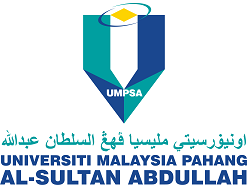A case study on the determination of unused capacity using time driven activity-based costing for electronic component
DOI:
https://doi.org/10.15282/ijets.7.2.2020.1006Keywords:
Unused capacity, Time equation, Capacity cost rate, Electronic componentAbstract
Nowadays, demand for magnetic components are increasing from customer to support technological needs. It is important for the producer to incorporate an accurate cost estimation to decide the best price to gain better profits. However, actual costing structure is ignored the potential of time equation and capacity cost rate to measure the unused capacity from the resources allotment. The objective of this work is to determine the unused capacity in term of duration and cost in the manufacturing of electronic component using time-driven activity-based costing (TDABC). The method was developed using seven stages which are resources group identification, estimate cost of resources supplied, practical capacity estimation, capacity cost rates calculation, time equation development, determine time estimates for each sub-activity and estimate capacity cost required. As a result, in sub-activity-1, the unused time was 246,156.29 minutes which needs to be re-examined so that maximum time for productivity can be achieved and the unused capacity of cost was MYR 623,804.93 which conveys the message of wastage at the workstation. In sub-activity-3, the amount of unused time and cost was -596,400 minutes and MYR -7,006,252.43 respectively. The negative value demonstrated that the operators are overworked than normal time allocation. In sub-activity 9, the amount of unused time was -596,400 minutes and MYR -7,006,252.43 for unused cost probably the job scopes were taking more time than it should to be completed. Therefore, by applying the TDABC method, the capacity utilization and time efficiency can be clearly viewed.


